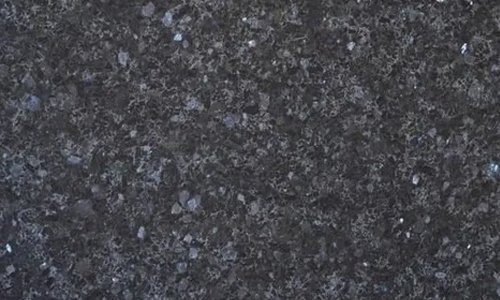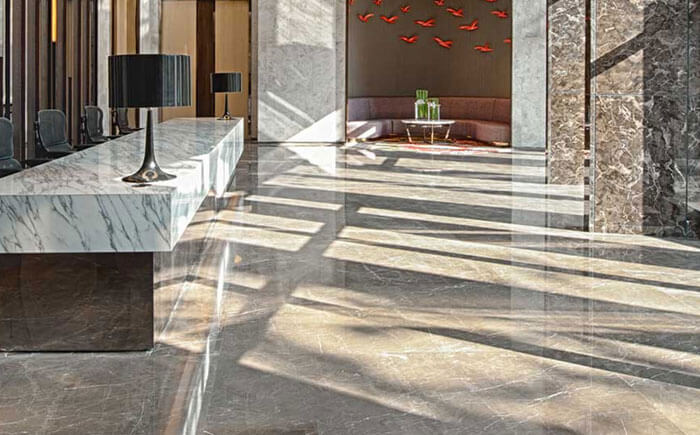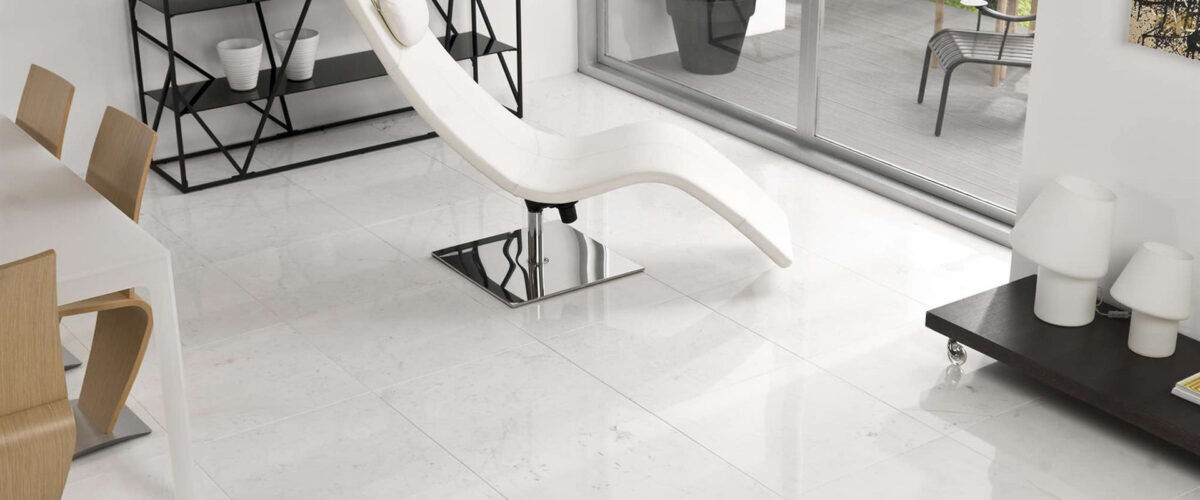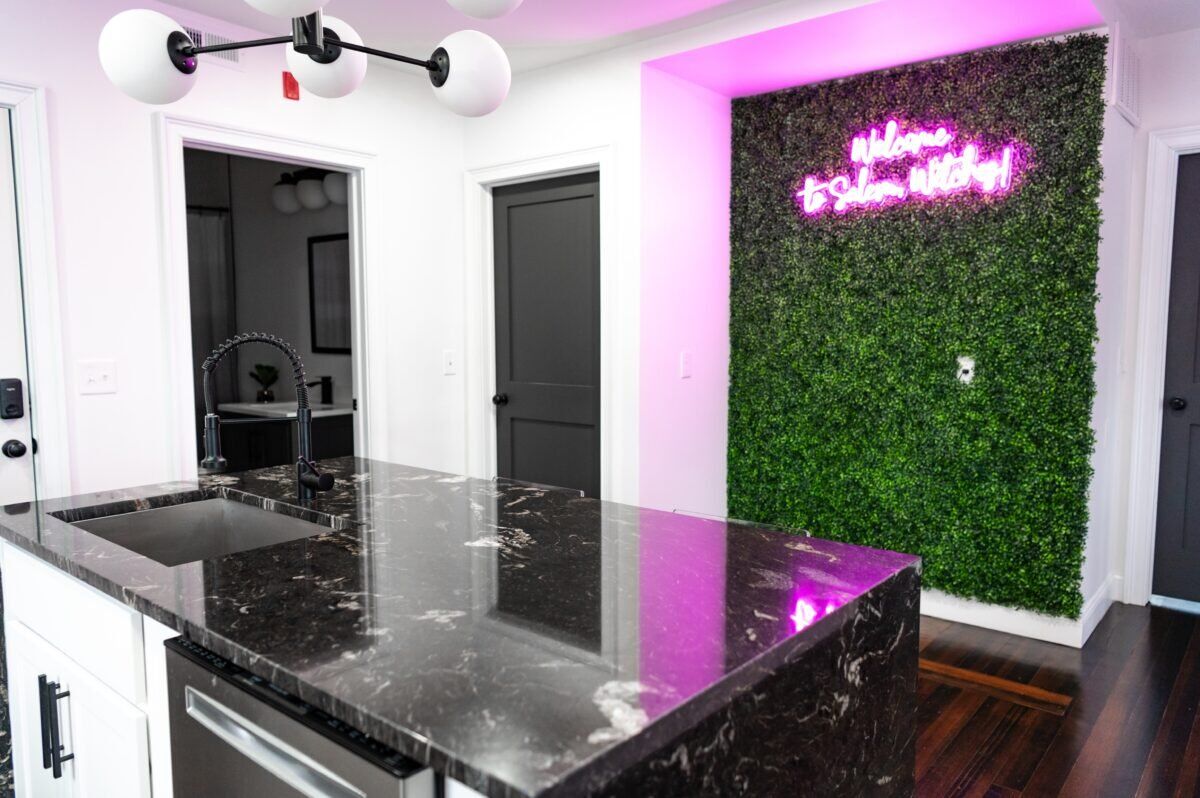Abate
In stone carving, to cut away material,
leaving parts in relief.
Abrasive Finish
A non-reflective surface finish. An abrasive
finish may be defined by the grit size of
the abrasive.
Abrasive Hardness (Ha)
A measure of the wearing performance
of stone for floors, stair treads, and other
areas subjected to abrasion by foot traffic.
Refer to ASTM C241 and C1353.
Absorption
The amount of water a stone absorbs
is expressed as a weight percentage. Refer
to ASTM C97.
Abutment
A solid stone is a “springer” at the lowest
point of an arch or vault.
Accelerator
In masonry, any ingredient is added to the mortar
or concrete to speed up the curing process.
Acid Wash
A treatment is applied to a stone’s face
to achieve a distressed texture or finish. Most acidic chemical treatments are effective only when applied to calcareous stone varieties.
Adhered
Used stone veneer,
secured and supported by the adhesion of
an approved bonding material over an
approved backing.
Admixture
During mixing, a material other than water, aggregates,
lime, or cement was added to concrete or
mortar. Admixtures
are typically added to function as water
repellents, coloring agents, or to adjust
the curing rate of the concrete or mortar.
Adoquin
A volcanic, quartz-based stone contains various colored aggregates and pumice
in a quartz matrix. Quarried in Mexico.
Agate
A variegated, translucent, cryptocrystalline variety of quartz showing colored
bands or other markings (clouded, mosslike, etc.).
Agglomerated Stone
A human-made product composed of crushed
stone combined with resin. See also engineered stone and cultured stone.
Aggregate
A small mass of rock, having occurred
naturally (as in sand or gravel) or by means
of manufacture (as in a crushed aggregate
product), used either in a loose, noncohesive
state, or as an ingredient in a mortar or
concrete products.
Alabaster
A fine-grained and translucent variety
of gypsum, generally white. It is commonly used in decorative applications as it
can be cut and carved easily with a knife
or saw. The term is often incorrectly applied
to fine-grained marble.
Alkaline
Pertains to a highly basic, as opposed to
acidic substance; for example, hydrogen
or carbonate of sodium or potassium.
Allowable Capacity
The safe load that can be resisted by a
stone anchor, determined by dividing the
ultimate capacity by the factor of safety





